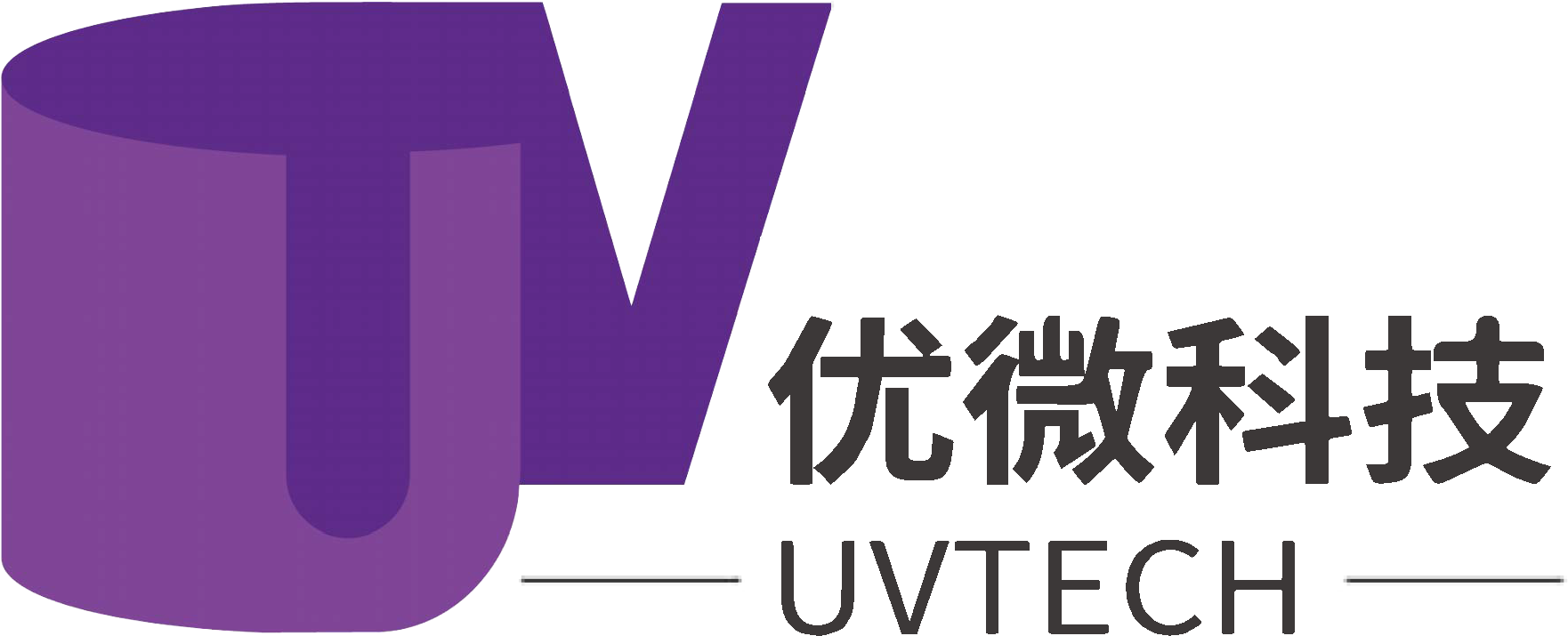Unlocking the Secrets of Traditional Medicine: How HPLC Supports Modern Herbal Analysis
Release time:
2025-07-31
Traditional Chinese Medicine (TCM) has been used for centuries to treat illnesses and support wellness. But as herbal remedies become increasingly globalized, there is growing demand for scientific validation and quality control. One of the most powerful tools enabling this progress is High-Performance Liquid Chromatography (HPLC) — a technique now widely used to analyze the chemical composition of herbal medicines.
Why Analyze Herbal Medicines with HPLC?
Unlike synthetic drugs, herbal products often contain dozens or even hundreds of chemical compounds, many of which can vary depending on plant species, origin, and processing. HPLC allows researchers and manufacturers to isolate, identify, and quantify these active compounds with precision.
Key applications include:
Quantification of active ingredients like flavonoids, alkaloids, and glycosides
Identification of marker compounds for authentication and standardization
Detection of toxic substances such as heavy metals or adulterants
Monitoring of pesticide residues in plant-based raw materials
Stability and shelf-life studies for finished herbal formulations
Case Example: Standardizing Ginsenosides in Ginseng Products
Ginseng is a well-known TCM herb prized for its adaptogenic properties. Its efficacy is largely attributed to compounds called ginsenosides. Using HPLC, laboratories can measure the concentration of specific ginsenosides (e.g., Rg1, Rb1) to ensure consistency across batches. This helps producers label products accurately and meet pharmacopoeial standards, such as those published in the Chinese Pharmacopoeia or USP Herbal Monographs.
Advantages of HPLC in Herbal Analysis
High sensitivity and selectivity for complex botanical mixtures
Batch-to-batch consistency in natural product formulations
Regulatory compliance with standards in China, Europe, and the U.S.
Authentication of genuine herbal materials and detection of adulteration
Evolving Role in Global Herbal Markets
With the rise of herbal dietary supplements and plant-based therapeutics in global markets, HPLC is becoming a critical part of Good Manufacturing Practices (GMP) for herbal producers. More manufacturers are combining HPLC with LC-MS/MS for even more detailed profiling of unknown or trace compounds.
Governments and research institutes are also investing in HPLC-based fingerprinting methods to establish quality standards for traditional remedies — bridging the gap between centuries-old knowledge and modern science.
Conclusion
HPLC is helping to transform herbal medicine from tradition to technology. By bringing clarity, consistency, and compliance to the world of plant-based therapies, this analytical tool plays a vital role in ensuring that time-honored remedies are both safe and scientifically sound.
Key words:
Related News
Contact Information
Add: 2nd Floor, Building 3, No. 1 Chaoqian Rd, Changping, Beijing, China PRC.
HQ: 702, 2#, No.22, Daoan Rd, Suzhou, China.
TEL:86 18613365565
MAIL: info@uvtech-cc.com
Copyright 2024 Beijing UVTech Inc. All Rights Reserved









